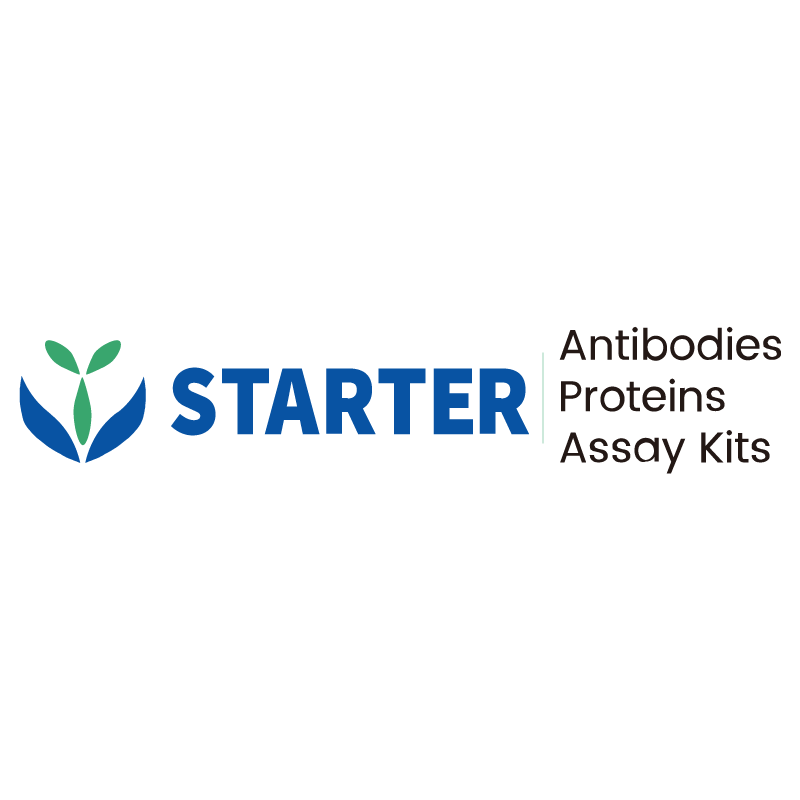IF shows positive staining in paraffin-embedded human ovarian cancer. Anti-MUC1 antibody (S0B2293) was used at 1/200 dilution (Red) and incubated overnight at 4°C. Goat Anti-Mouse IgG (H+L), F(ab')2 Fragment (Alexa Fluor® 594 Conjugate) was used as secondary antibody at 1/500 dilution. Counterstained with DAPI (Blue). Heat mediated antigen retrieval with EDTA buffer pH9.0 was performed before commencing with IF staining protocol.
Product Details
Product Details
Product Specification
| Host | Goat |
| Antigen | Mouse IgG |
| Antibody Type | Polyclonal antibody |
| Application | IF |
| Reactivity | Ms |
| Purification | Immunogen Affinity |
| Concentration | 2 mg/ml |
| Conjugation | Alexa Fluor® 594 |
| Physical Appearance | Liquid |
| Storage Buffer | PBS, 25% Glycerol, 1% BSA, 0.3% Proclin 300 |
| Stability & Storage | 12 months from date of receipt / reconstitution, 2 to 8 °C as supplied. |
Dilution
| application | dilution | species |
| IF | 1:500 | Ms |
Background
Goat Anti-Mouse IgG (H+L), F(ab')2 Fragment is a type of secondary antibody that is widely used in various immunoassays due to its specific binding properties. This antibody fragment is derived from the immunoglobulin of goats that have been immunized against mouse immunoglobulins. The "H+L" in the name indicates that the fragment includes both the heavy (H) and light (L) chains of the immunoglobulin. The F(ab')2 fragment is created by enzymatic digestion of the whole IgG molecule, which removes most of the Fc region, the part of the antibody that is responsible for effector functions and binding to Fc receptors on cells.
Picture
Picture
Immunofluorescence
IF shows positive staining in paraffin-embedded human kidney. Anti-MUC1 antibody (S0B2293) was used at 1/200 dilution (Red) and incubated overnight at 4°C. Goat Anti-Mouse IgG (H+L), F(ab')2 Fragment (Alexa Fluor® 594 Conjugate) was used as secondary antibody at 1/500 dilution. Counterstained with DAPI (Blue). Heat mediated antigen retrieval with EDTA buffer pH9.0 was performed before commencing with IF staining protocol.


